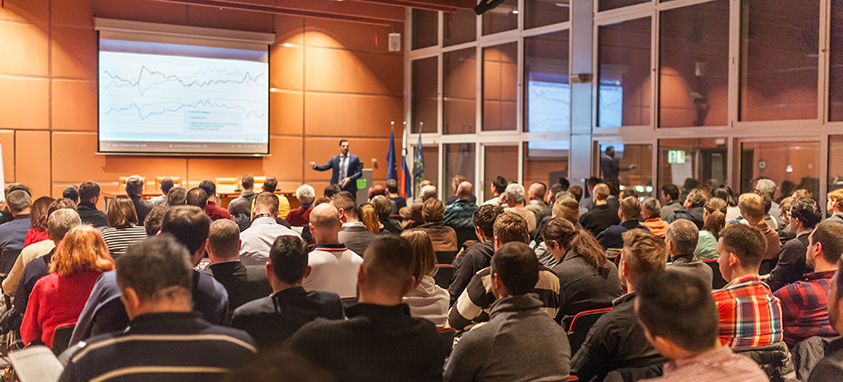One of the challenges for any company is to make everyone feel involved in a meaningful way. But unfortunately, many large companies, in particular, are structured and organized in such a way that only the leaders are aware of—and have a voice in—many important developments.
Increasingly more companies have implemented regularly scheduled, all-hands meetings, in which all executives and employees get together in the same room to discuss the business philosophy and recent developments. Ray Gillenwater, co-founder and CEO of SpeakUp—a tool that facilitates all-hands Q&A—has observed companies that have had varying degrees of success in stimulating the active involvement of all employees during and after all-hands meetings.
He recently wrote about his observations, mainly focusing on large companies, but his findings are applicable to smaller firms, as well, including those in the meetings industry. These points are adapted from his findings.
- Sincerity: The leaders of some companies that implement all-hands meetings do so mainly because it will show that they seem to care, even if they aren’t wholeheartedly invested in them. This can do more harm than not having the meetings at all! On the other hand, when leaders seem fully receptive and invested in the process, this can help to stimulate companywide involvement, and thereby enhance worker productivity.
- Execution: Companies sometimes hamper their efforts by running hastily prepared, disorganized all-hands meetings. This reflects poorly on them, whereas meetings that are carefully and thoughtfully planned make employees excited about working for such efficient firms.
- Frequency: Some companies offer all-hands meetings sporadically, thereby leaving employees in the dark as to when the next one will occur. This irregularity can frustrate employees, and make them feel “out of the loop” for extended periods of time. Regularly scheduled meetings assure employees that they will be consistently involved and informed.
- Receptivity: Leaders sometimes do not display sufficient receptivity during all-hands meetings. They need to approach the meetings with a spirit of openness—even a willingness to be vulnerable. Employees shouldn’t be afraid to say anything, as long as it helps to improve the company and enhances their involvement with it.
- Input: Employee input is critically important at all-hands meetings, but often only the most extroverted and talkative people speak up. So, leaders receive input from only one segment of their employees. To rectify the situation, a process needs to be devised that elicits input from the full employee workforce. One solution is to enable employees to write down questions before the meeting.




